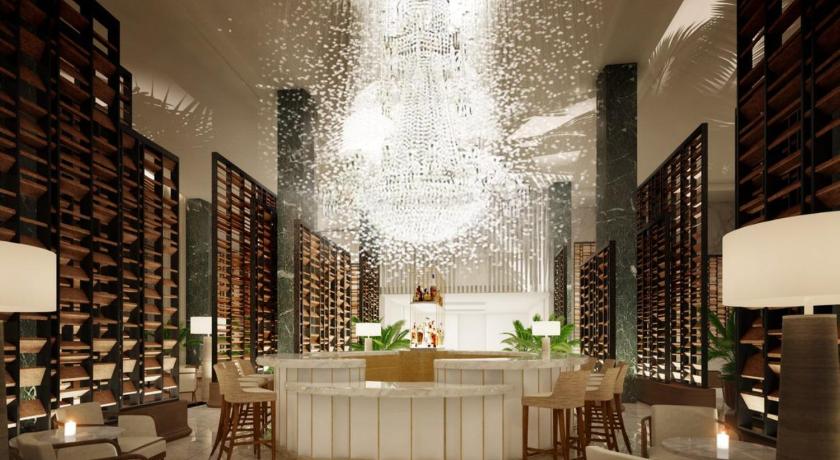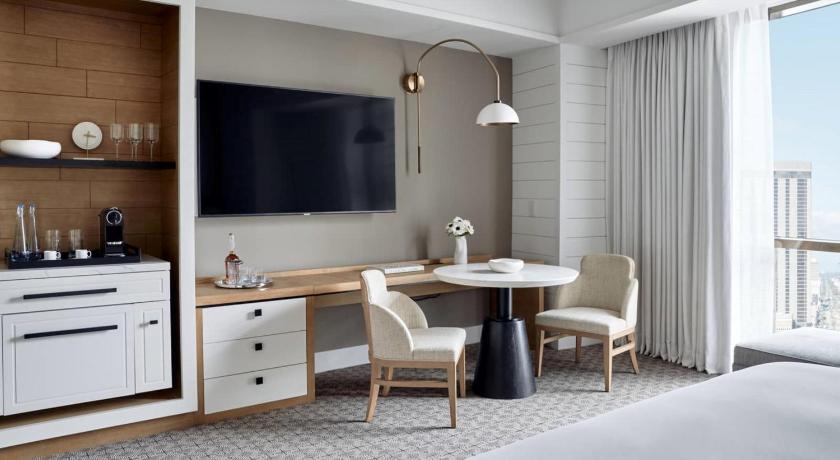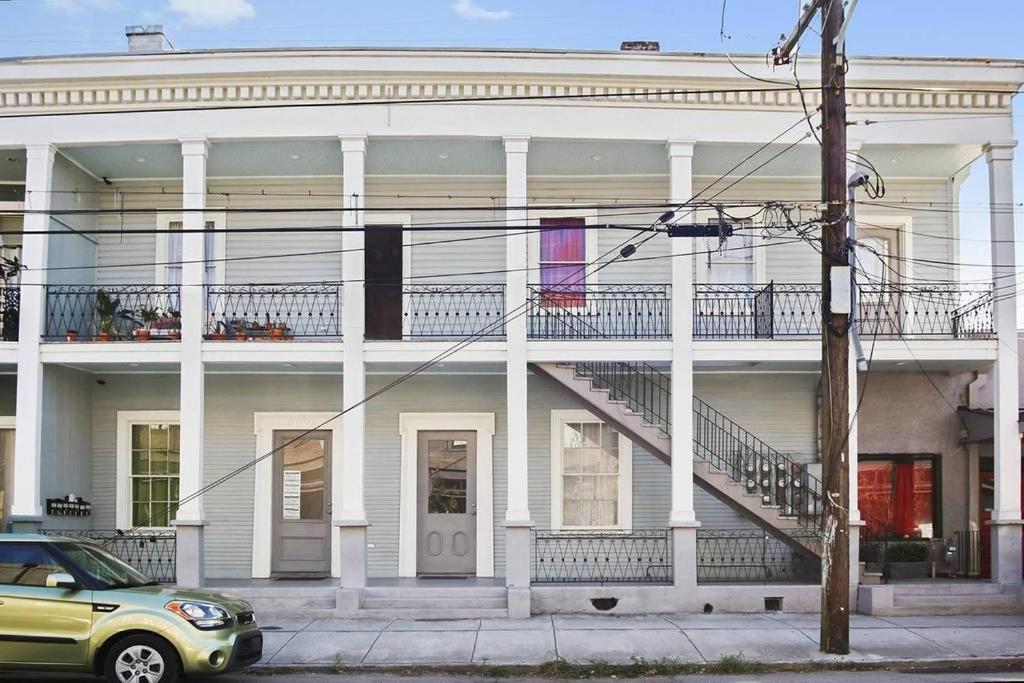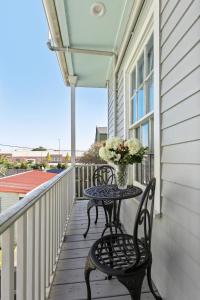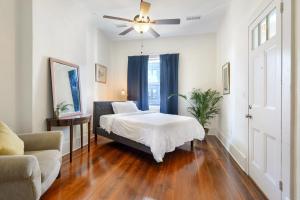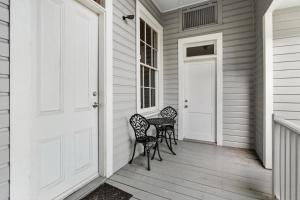Mentioned by New Orleans 4 days itinerary
Guide to a 4-day New Orleans Itinerary


"From the moment you step through the wooden screen doorsat Hansen's uptown, you'll be struck by the relaxed atmosphere and friendly service. The snoballs at Hansen's Sno-Bliz are a local legend, dripping with handmade syrups in flavors like ginger and cardamom. It was Ernest and Mary Hansen who pioneered the treat with Ernest's patented Sno-Bliz machine back in 1939, giving the shaved ice a powdery, fluffy texture nothing like the granular uber-sweet sno-cones sold in some locales."
"There are no shortcuts to quality” reads a sign on the cinderblock wall of the city’s most beloved shaver of ice and maker of syrups. Which means you are likely to wait for the pleasure of a creamy-textured snowball, made using a contraption developed in the 1930s by Ernest Hansen and based on sweeteners created by his wife, Mary. Flavors run from old-fashioned cream of nectar to trendy ginger-cayenne."
"SnoBalls are New Orleans' twist on a slushie or snow cone and have been around for ages. Hansen's opened up in 1939 during the Great Depression and has been serving snoballs ever since. With hundreds of flavors and different mixtures of their homemade syrups, you're bound to be satisfied by this delicious summer treat."

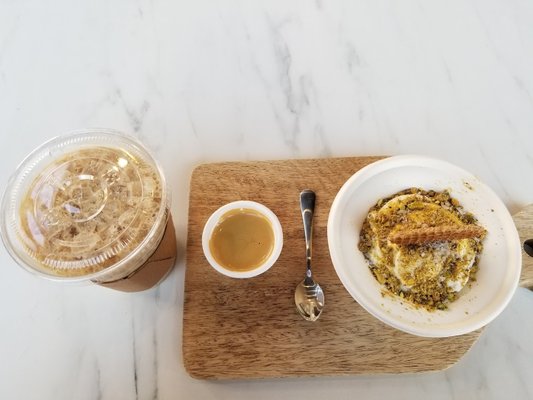

"Next up is the Garden District's Sucré, situated at 3025 Magazine St. With 4.5 stars out of 822 reviews on Yelp, the chocolatier and shop, which offers desserts, macarons and more, has proven to be a local favorite."
"Source: Photo by Wikimedia Commons user Infrogmation of N... used under CC BY-SA 4.0. Come to Sucré for their cupcakes, chocolates, gelatos and their tasty banana fosters."

"Frozen dessert impresario Sam Caruso has a devoted cult following for his quarts (yes, quarts) of crazy killer creams. The fetish began with Monkeys Be Hatin’ (banana ice cream with blonde Oreos), leading to Caroots n Cake and the insanely good Mr. Meowgi (dark chocolate custard, salted-caramel cream cheese, crispy rice and half-baked brownies) to name a few. Order via Instagram."





"A must-see on most visitors’ New Orleans itineraries, and deservedly so. The building itself, set back in City Park, is imposing and grand with its alabaster walls and Greco-Roman columns. There's also a beautiful five-acre sculpture garden, with artwork beneath magnolias and Spanish moss-laden live oaks."

"The 6,600-square-foot arts facility hosts theater and dance performances, drumming and dance classes, storytelling, music and other events highlighting the city’s African-American performing arts community. It’s also home to New Orleans Youth Open Mic performances and an art gallery. View this post on Instagram"

"While you're strolling along Royal Street be sure to make time for the Alex Beard Studio. Beard's paintings of animals in the natural world reflect his travels in Africa and are interesting in the context of African-centric New Orleans. Influenced by both his uncle, Peter Beard, and mother, Patricia Beard, Alex's creativity derives from both nature and nurture – he spent his youth around artists such as Warhol and Capote – which echoes throughout the "Abstract Naturalism" style he has created."
"American painter and author Alex Beard is best known for his elaborate wildlife compositions created in his signature style of gesturalpainting, which he has coined “Abstract Naturalism.” Raised in a family that fostered philanthropy, creativity and exploration, Alex has traveled extensively around the world. The diverse cultures, colors, and climates of Africa, India, China, the Americas, and Australia have profoundly influenced both his professional and artistic practice."

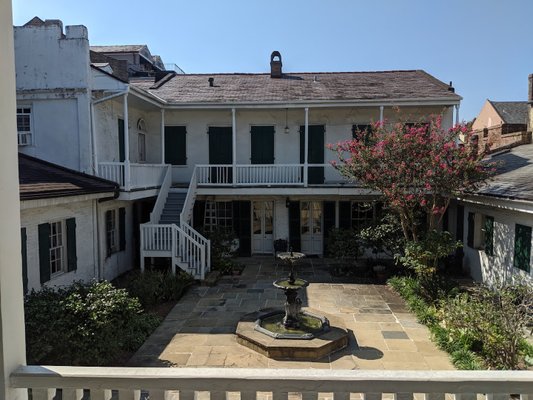
"The Beauregard-Keyes House is significant and worth a tour for its Greek Revival architecture, lovely quaint garden, and for once having been the residence of Confederate General Pierre Gustave Toutant Beauregard, a New Orleans native who ordered the first shots of the Civil War and remained a hero in the South long after the war was lost. Ursuline nuns used the property from the early 1700s until the 1820s when the new house was designed to combine elements of a Creole cottage with Greek Revival features, including a Palladian facade, curved twin staircases, Tuscan portico, and generous dining room. In 1945, author Frances Parkinson Keyes was looking for a place to write and live in New Orleans."




















